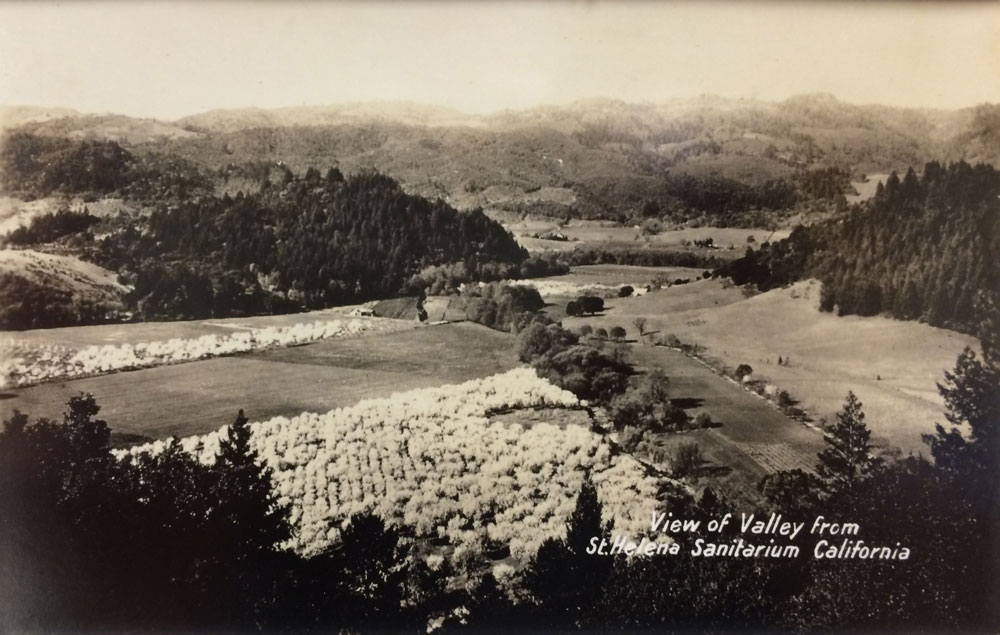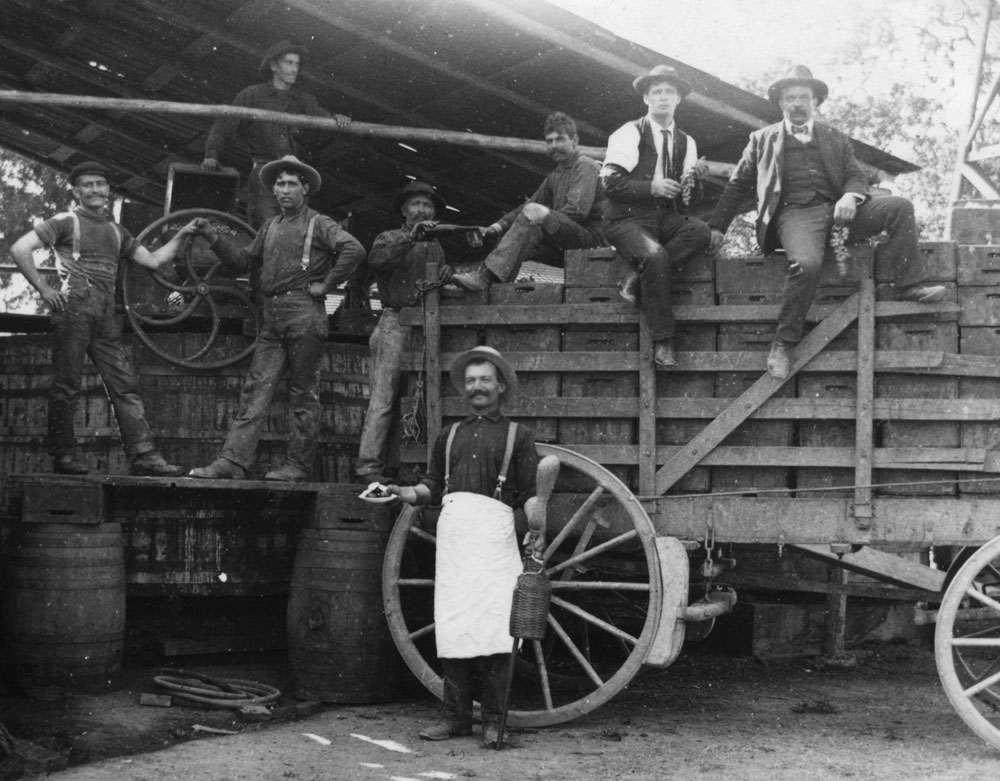Cross Creek Vineyard
In the valley created between Howell Mountain and Glass Mountain lies Cross Creek Vineyard. Originally planted in the 1870’s with fruiting trees including walnuts and prunes, it was decided by Dr. Lewis Carpenter in the mid-1960’s to begin planting wine grapes. Since then the term ‘harvest’ has become more synonymous with Cabernet Sauvignon than prunes, though three rows of the original walnut orchard remain intact and provide us with a delicious annual crop.
The property, stretching from the perennial Howell Creek in the west to the year-round natural springs of Howell Mountain in the east, is incredibly bountiful and explains why most of our wildlife sightings occur in and around this vineyard. The vineyard reservoir hosts a growing family of fowl including ducks, a pair of Canadian geese, and the ever-present blue heron. In the creek and around the vineyard – to the dismay of neighbors with chickens and cats– we regularly spot bobcats, hawks, owls, coyotes, and even the occasional shoal of salmon.
The property, stretching from the perennial Howell Creek in the west to the year-round natural springs of Howell Mountain in the east, is incredibly bountiful and explains why most of our wildlife sightings occur in and around this vineyard. The vineyard reservoir hosts a growing family of fowl including ducks, a pair of Canadian geese, and the ever-present blue heron. In the creek and around the vineyard – to the dismay of neighbors with chickens and cats– we regularly spot bobcats, hawks, owls, coyotes, and even the occasional shoal of salmon.

Centa Vineyard
Located at the narrowest point of Napa Valley is Centa Vineyard on Lodi Lane at the Silverado Trail, where we grow Sauvignon Blanc and Cabernet Sauvignon. In this vineyard, where the valley floor is only 3,500’ wide, heat is reflected off the hills to the east and west, meaning that during summer this area retains much of the heat necessary to ripen classic Napa Valley style Cabernet Sauvignon.
When Eli McLean York arrived at this location in 1865, he planted vineyard and built a stone winery adjacent to the Barro railroad station. “Barro,” meaning “clay” in Spanish, describes the abundant clay loam soil in the vineyard as it straddles the Napa River. Eli’s stone winery, though it stands today, has been converted to a residence.
When Eli McLean York arrived at this location in 1865, he planted vineyard and built a stone winery adjacent to the Barro railroad station. “Barro,” meaning “clay” in Spanish, describes the abundant clay loam soil in the vineyard as it straddles the Napa River. Eli’s stone winery, though it stands today, has been converted to a residence.


